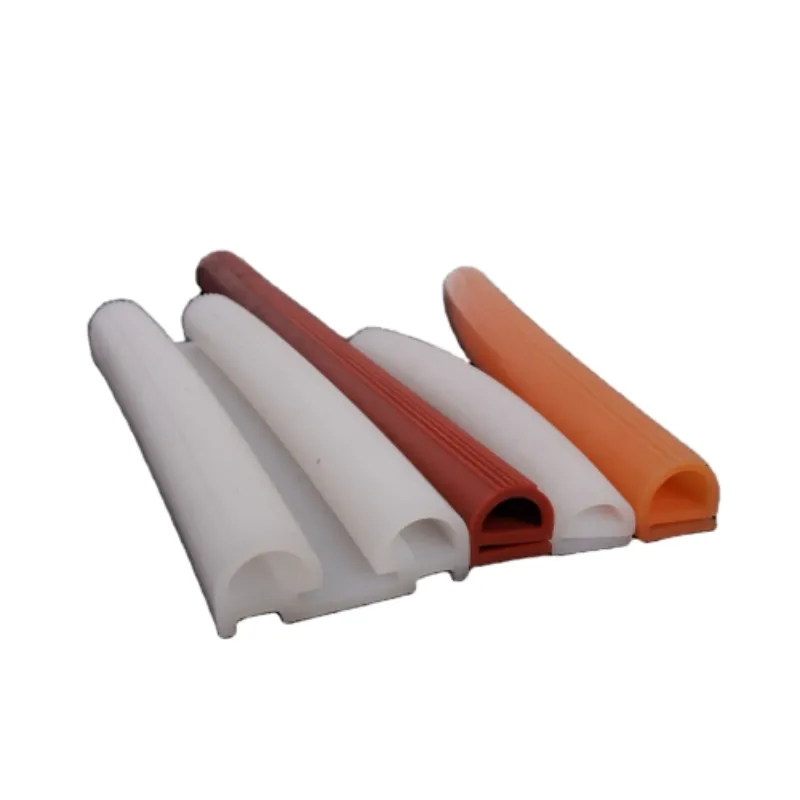Understanding Universal Compatibility of Oven Door Seals and Their Importance for Performance
Are Oven Door Seals Universal? Understanding Compatibility and Maintenance
When it comes to kitchen appliances, the oven is a central player in many households, facilitating our culinary adventures. However, like any appliance, ovens require maintenance to function efficiently. One of the most overlooked components of an oven’s function is the door seal. These seals play a crucial role in maintaining heat and ensuring the oven operates effectively. This raises an important question Are oven door seals universal?
The Purpose of Oven Door Seals
Oven door seals, often made from materials like silicone or fiberglass, serve several important functions. Primarily, they create a barrier that prevents heat from escaping during cooking, which not only helps to maintain a consistent temperature but also enhances energy efficiency. A worn or damaged door seal can lead to heat loss, resulting in longer cooking times and higher energy bills. Additionally, a good seal prevents smoke and odors from escaping, ensuring that your kitchen remains comfortable while cooking.
Are Oven Door Seals Universal?
The short answer is no; oven door seals are not universal. Although it may be tempting to assume that a single type of seal could fit all oven models, the reality is quite different. Each oven manufacturer designs their models with specific dimensions and configurations in mind. As a result, door seals vary significantly in size, shape, and attachment methods.
For example, a seal for a commercial pizza oven will differ from one designed for a standard home oven. While some door seals may appear similar to the untrained eye, even slight variations in shape or size can prevent a secure fit. This is why it is crucial to replace an oven seal with one that is specific to your oven model.
How to Identify the Correct Oven Door Seal
When searching for a replacement oven door seal, there are several factors to consider
1. Model Number The most important piece of information is your oven’s model number. This can typically be found on a label inside the oven door or on the back of the appliance. Once you have the model number, you can easily search online or visit an appliance parts store to find the correct seal.
2. Size and Shape Measure the dimensions of your current seal to ensure the replacement fits properly. Pay attention to the thickness and shape of the seal as well. Some seals have a flat design, while others may be more cylindrical.
are oven door seals universal

3. Material Different ovens may require seals made from specific materials. Silicone seals tend to provide better heat resistance and durability compared to rubber ones, which may deteriorate faster over time.
Installation and Maintenance
Once you’ve procured the right oven door seal, proper installation is key to ensuring its effectiveness. Follow the manufacturer’s recommendations for installation, as this will generally involve removing the old seal and carefully affixing the new one in its place. Ensure that the seal fits snugly against the oven door and that there are no gaps where heat could escape.
Regular Maintenance Tips
To extend the life of your oven door seal, consider the following maintenance tips
- Keep it Clean Regularly clean the seal with mild soap and water, avoiding harsh chemicals that could degrade the material.
- Check for Damage Periodically inspect the seal for signs of wear or damage. If you notice cracks, tears, or deformities, it may be time for a replacement.
- Monitor Performance If you notice that your oven is taking longer to cook or if you see steam or smoke escaping from the door, it’s a good indicator that the seal may need replacing.
Conclusion
In summary, oven door seals are not universal; they are specifically designed for each oven model. To ensure optimal performance and efficiency, it’s essential to select the correct seal based on your oven’s specifications. By understanding the role of the seal and taking proactive maintenance steps, you can prolong the life of your oven and enhance your cooking experience. Whether you are an occasional cook or a kitchen enthusiast, paying attention to this small but vital component can make a significant difference in your culinary journey.
-
Under Door Draught Stopper: Essential ProtectionNewsJul.31,2025
-
Garage Door Seal and Weatherstrips for ProtectionNewsJul.31,2025
-
Edge Banding Tape for Perfect EdgesNewsJul.31,2025
-
Table Corner Guards and Wall Corner ProtectorsNewsJul.31,2025
-
Stair Nose Edging Trim and Tile Stair SolutionsNewsJul.31,2025
-
Truck Bed Rubber Mats for Pickup BedsNewsJul.31,2025
-
Window Weather Stripping for Noise ReductionNewsJul.29,2025